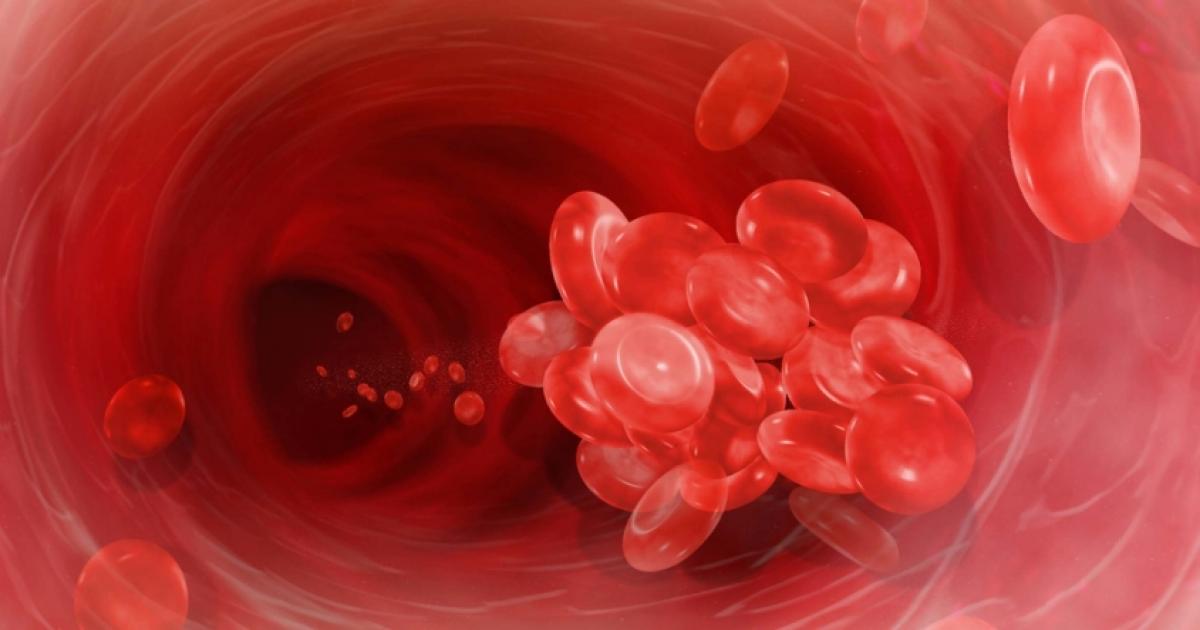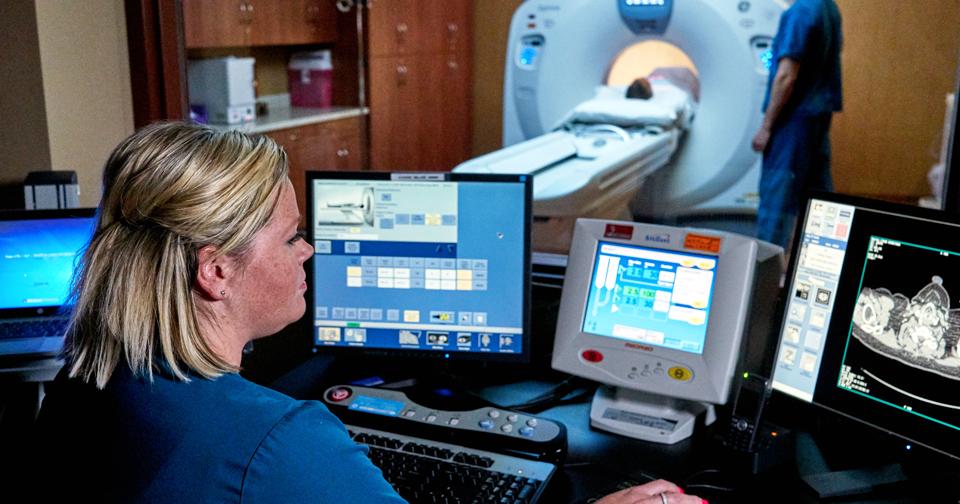Efficient Ways To Treat Liver Hemangioma
Hepatic Artery Ligation

Hepatic artery ligation is a surgical procedure usually performed on hemangiomas greater than ten centimeters in size. The operation, which is done under general anesthesia, stops the blood flow to the hemangioma by tying off the main artery that supplies it. This can reduce the size of the hemangioma or keep it from growing. The procedure does not harm the healthy portion of the liver; it can get blood from nearby blood vessels.
Before surgery, doctors may perform blood tests, ultrasounds, and CT or MRI scans to plan the most effective surgical approach for individual patients. Patients may need to have preoperative tests such as electrocardiograms to ensure they are healthy enough for surgery. On the day of the scheduled surgery, patients will meet with an anesthesiologist to discuss sedation options and risks. It may be necessary for patients to stay in the hospital overnight following this surgery, and they will be closely monitored at follow-up appointments with their medical team.
Radiation Therapy

Radiation therapy is only used in cases where other treatments are unavailable or unsuccessful. The therapy damages the cells of the hemangioma. External beam radiation is the most common type used for hemangiomas. In this procedure, the patient lies on a table while a machine rotates around them to deliver the radiation. Radiation treatments are typically given five days each week for a period of several weeks, and each session takes approximately thirty minutes. Particularly in infants and children, light sedation may be used to make it easier for these patients to remain still and calm. Radiation treatment is painless. Potential side effects from this form of therapy include mouth sores, dry mouth, fatigue, redness or skin peeling at the affected area, nausea, jaw stiffness, difficulty swallowing, and tooth decay. Patients should report any concerns or unusual side effects to their radiologists and medical team.
